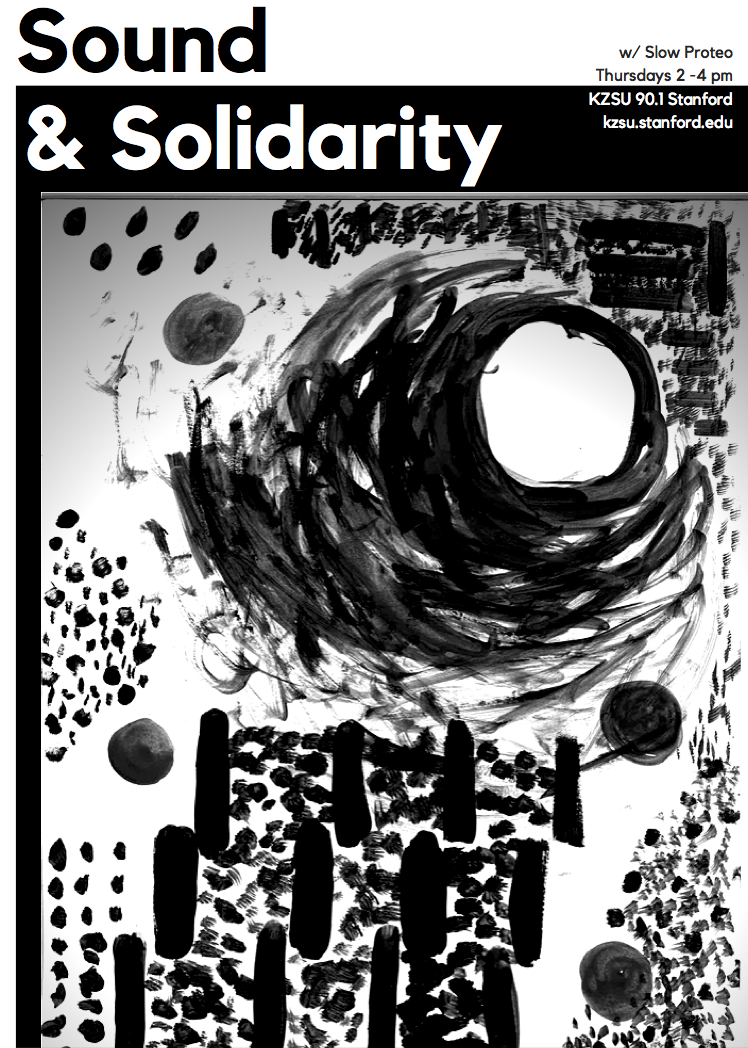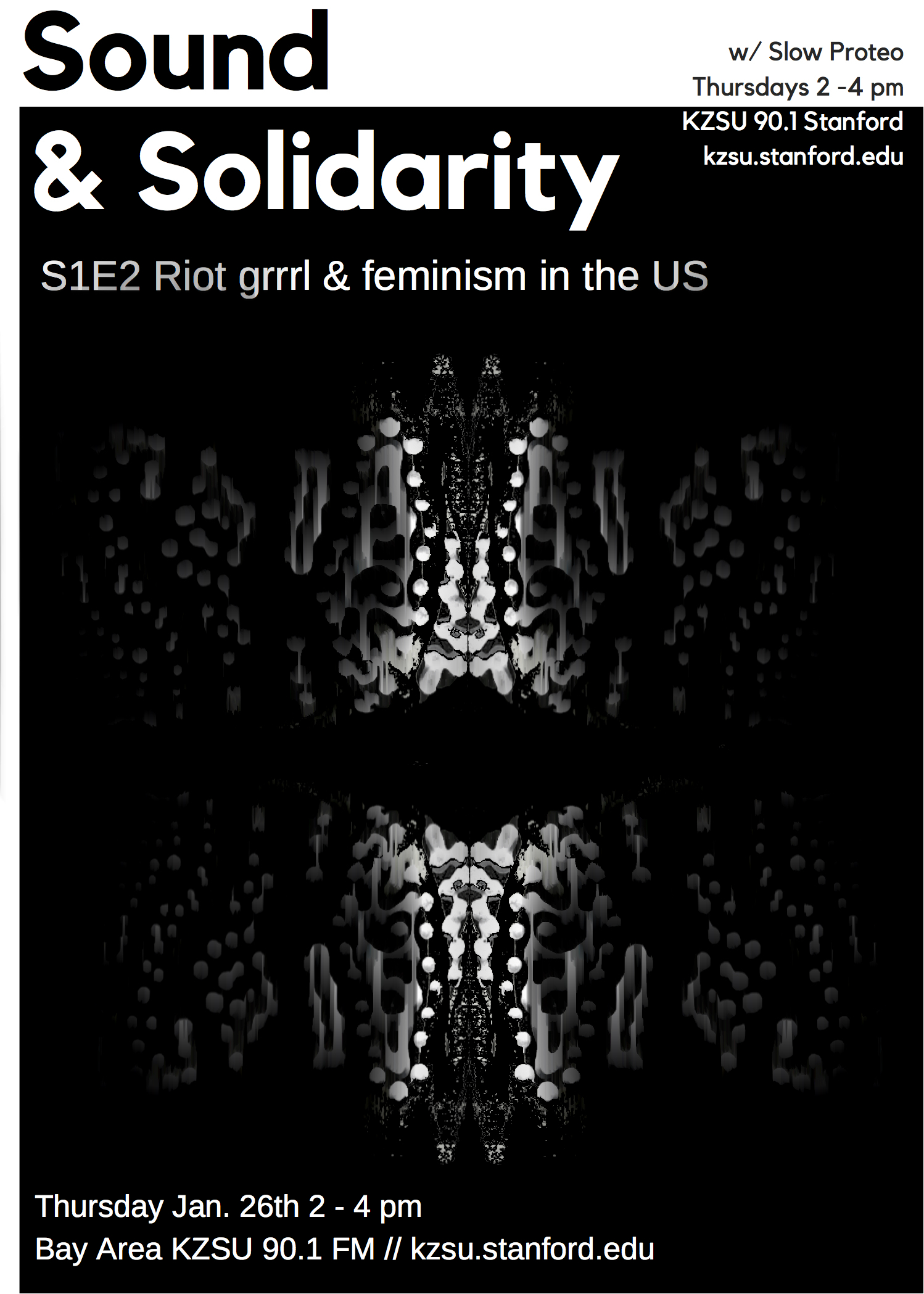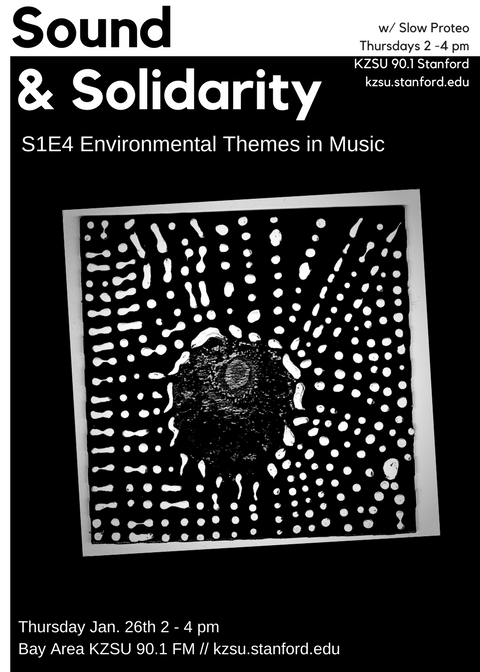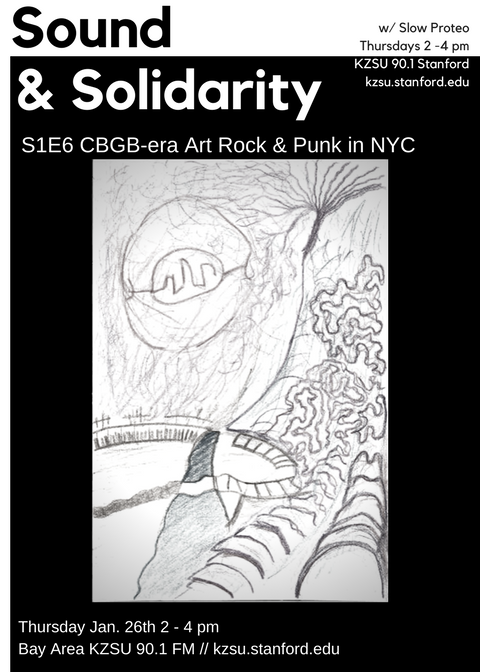
In the inaugural episode of Sound and Solidarity we talk about Fela Kuti, the legendary creator of Afrobeat. We discuss his roots, music influences, and revolutionary and populist overtones. Later in the show we play some new music from Brooklyn's Antibalas and new music from Lightning Bolt.

Decades before riot grrrl // girl punk evolved alongside early 90s garage and grunge in the NW, the precursors to the movement were playing socially conscious folk and punk music. The most notable might be Patti Smith in New York, but The Raincoats and Siouxie Souix and the Banshees are other notable figures.
Riot grrrl // girl punk arose as a standalone genre in early 90s Seattle and Olympia WA. The areas notable DIY culture contributed to this, but it can be argued the movement stemmed largely with women's frustration with the punk scene. Namely, the misogyny and perspective that they were just girlfriends of band members. This frustration led to organization, protests, feminist ‘zines, art, and music. Bands like Bikini Kill and Bratmobile spearheaded this movement.
The music and art of riot grrrl often reflect the artist’s concerns with the patriarchy of the punk community and society at large, and how that manifests though double standards about women’s sexuality, domestic abuse. It also celebrates female sexuality with a sort of deal-with-it attitude.
Riot grrrl is often associated with third-wave feminism, also known as intersectional feminism. This movement was a realization that women are of many cultural and ethnic backgrounds and should acknowledge their collective power.
This narrative was especially noticeable during the recent Women’s March across the country, drawing more than a million across the US and a total of more than 2 million around the globe.

